
Wettest counties in Alabama
Rain, sleet, snow, hail, wintry mix. Precipitation takes on many forms, and the degree to which climate change affects precipitation levels comes down to something almost everyone learns about in school—Earth's water cycle. A system in endless motion, the water cycle traces the process through which water exists in its three primary phases—liquid, solid, and gas—as it moves perpetually between the Earth and its atmosphere.
Increases in precipitation frequency and intensity are markers of climate change. When temperatures rise and oceans grow warmer, the amount of water that evaporates into the atmosphere—and the speed at which it does so—also increases. As atmospheric circulation carries the moisture-rich air over land or pushes it into a storm system, heavy rain or snow is often the result.
The continental U.S. on average received about 30 inches of precipitation between March 2022 and February 2023. Traditionally "wet" regions—such as Washington state and Alaska in the northwest and Georgia and Mississippi in the southeast—continue to have some of the rainiest counties in the United States. Other areas such as Oklahoma, Kansas, and Nebraska, as well as pockets of the South and of California, experience the opposite extreme: drought, also largely a product of climate change.
Stacker cited data from the National Centers for Environmental Information to identify the counties in Alabama that receive the most precipitation through rain, sleet, or snow. Counties are ranked by five-year precipitation averages in inches as of February 2023 with rainfall over the past year serving as a tiebreaker. Supplementary data on how last year's precipitation compares to the 100-year average for the area is also included.
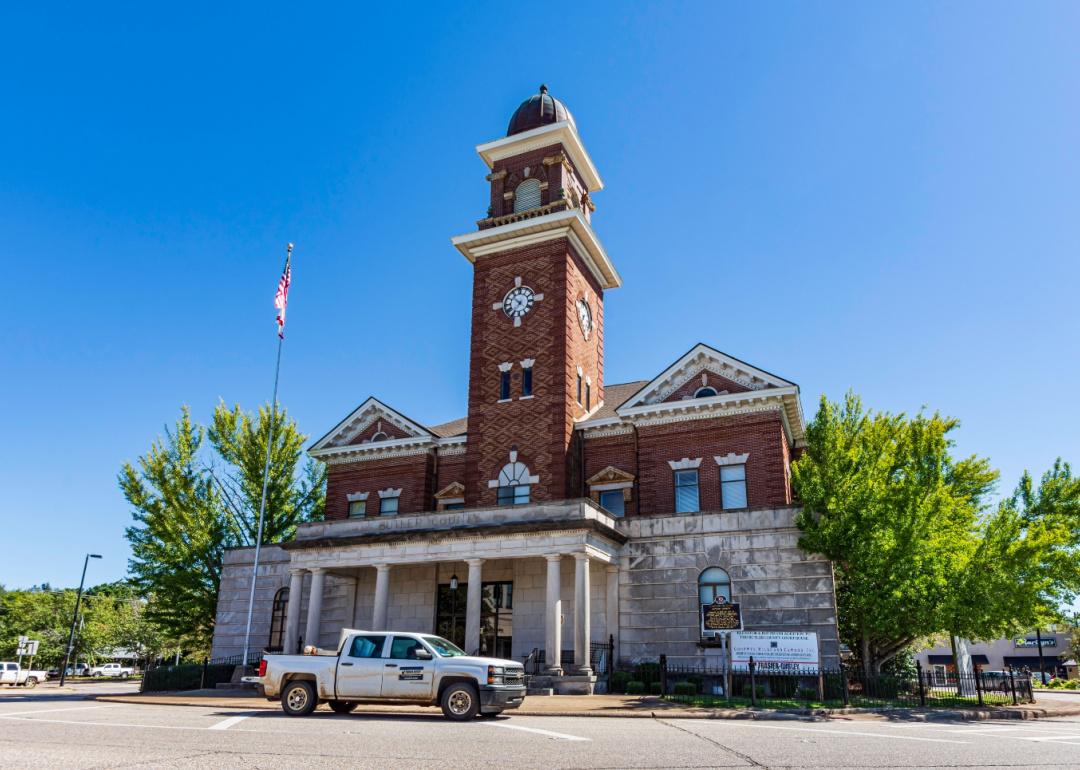
#50. Butler County
- Precipitation over the past year: 55.87 inches (#63 rainiest year since 1895)
- Precipitation compared to 1901-2000 average: 0.04 inches above norm

#49. Sumter County
- Precipitation over the past year: 60.51 inches (#99 rainiest year since 1895)
- Precipitation compared to 1901-2000 average: 6.21 inches above norm

#48. Lee County
- Precipitation over the past year: 52.39 inches (#61 rainiest year since 1895)
- Precipitation compared to 1901-2000 average: 0.02 inches above norm
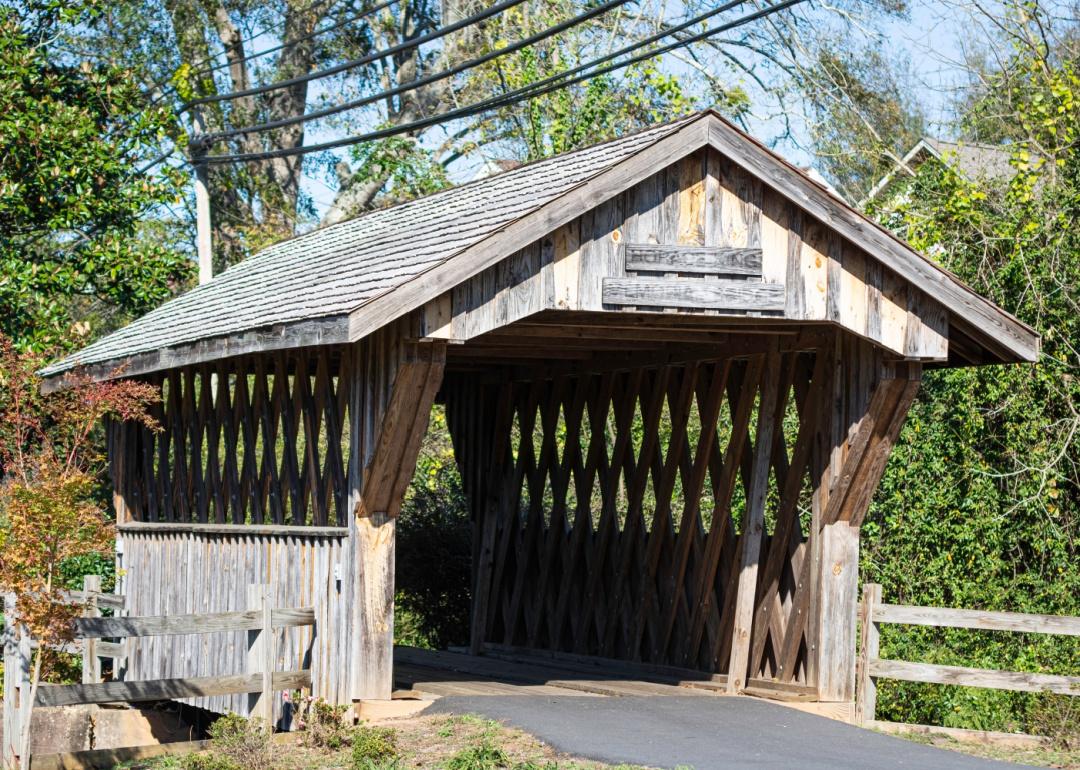
#47. Chambers County
- Precipitation over the past year: 52.70 inches (#61 rainiest year since 1895)
- Precipitation compared to 1901-2000 average: -0.71 inches below norm
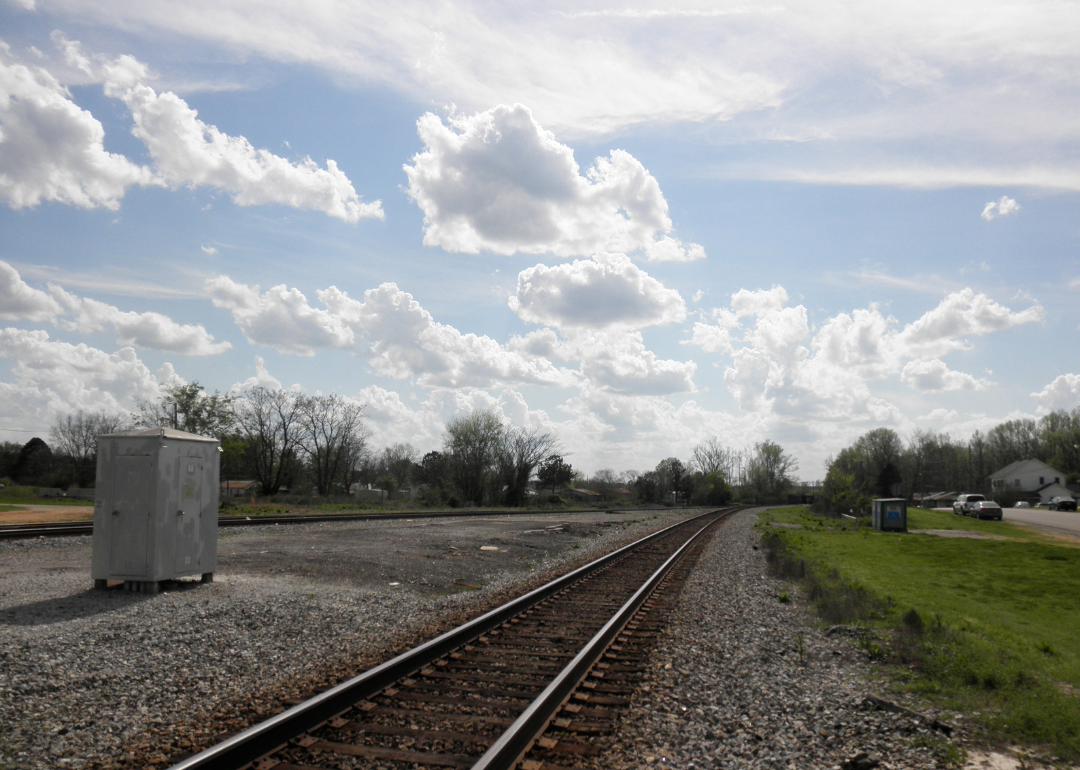
#46. Hale County
- Precipitation over the past year: 61.20 inches (#105 rainiest year since 1895)
- Precipitation compared to 1901-2000 average: 7.31 inches above norm

#45. Covington County
- Precipitation over the past year: 52.26 inches (#34 rainiest year since 1895)
- Precipitation compared to 1901-2000 average: -6.54 inches below norm
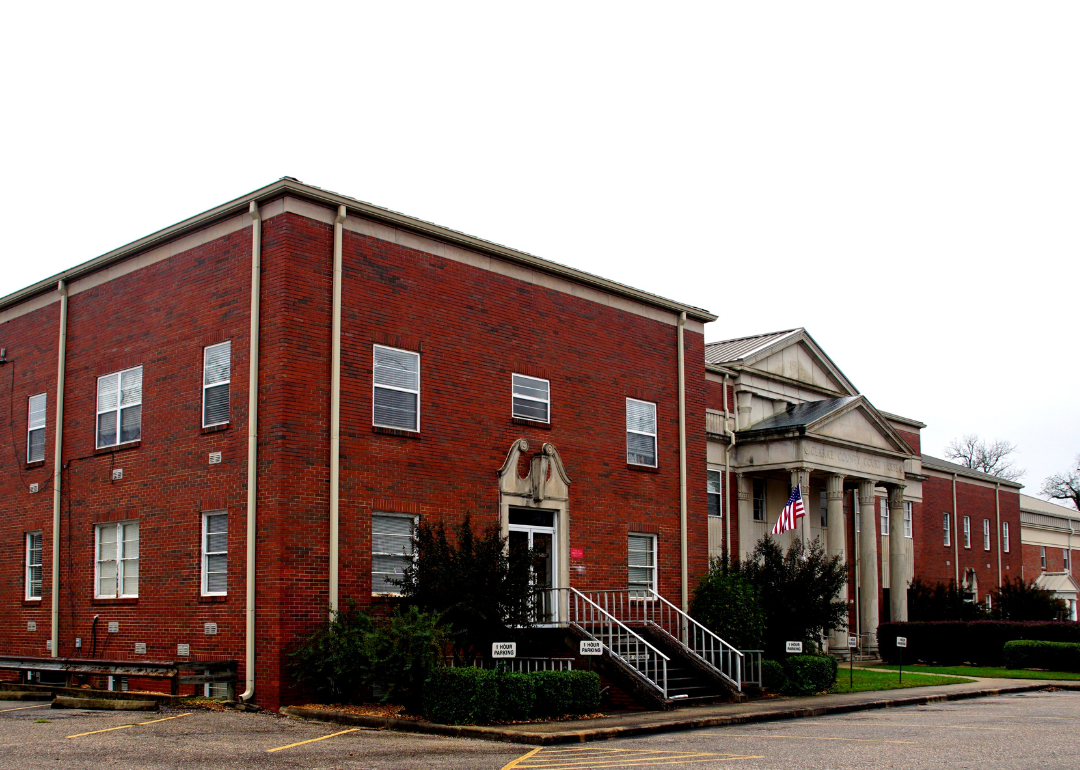
#44. Clarke County
- Precipitation over the past year: 61.32 inches (#89 rainiest year since 1895)
- Precipitation compared to 1901-2000 average: 3.22 inches above norm

#43. Autauga County
- Precipitation over the past year: 58.91 inches (#100 rainiest year since 1895)
- Precipitation compared to 1901-2000 average: 5.25 inches above norm

#42. Calhoun County
- Precipitation over the past year: 58.53 inches (#93 rainiest year since 1895)
- Precipitation compared to 1901-2000 average: 4.99 inches above norm
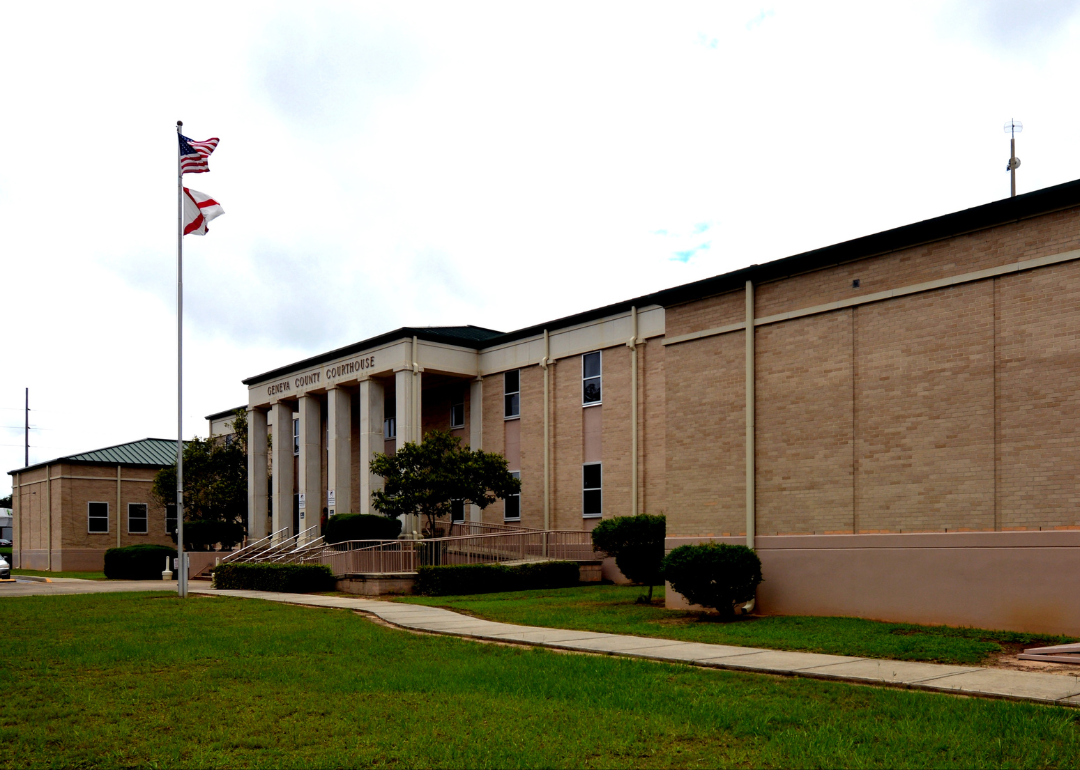
#41. Geneva County
- Precipitation over the past year: 53.55 inches (#54 rainiest year since 1895)
- Precipitation compared to 1901-2000 average: -3.82 inches below norm

#40. Tallapoosa County
- Precipitation over the past year: 57.58 inches (#91 rainiest year since 1895)
- Precipitation compared to 1901-2000 average: 3.25 inches above norm

#39. Elmore County
- Precipitation over the past year: 60.68 inches (#108 rainiest year since 1895)
- Precipitation compared to 1901-2000 average: 7.10 inches above norm
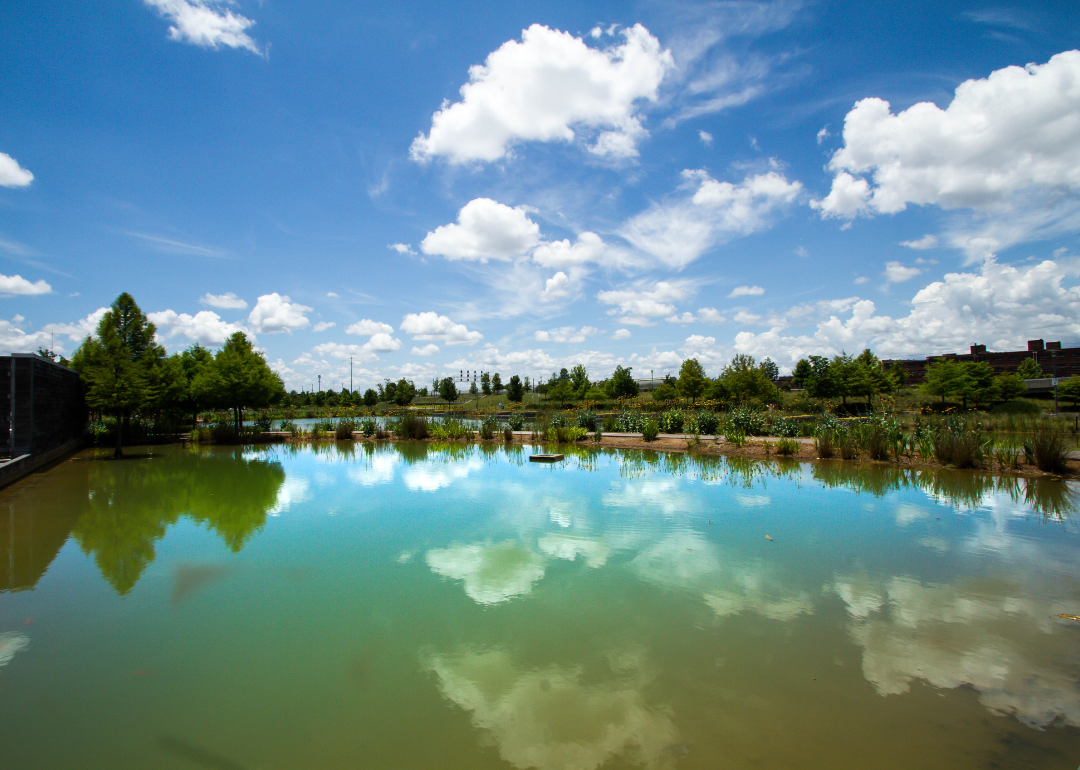
#38. Randolph County
- Precipitation over the past year: 57.85 inches (#82 rainiest year since 1895)
- Precipitation compared to 1901-2000 average: 3.04 inches above norm
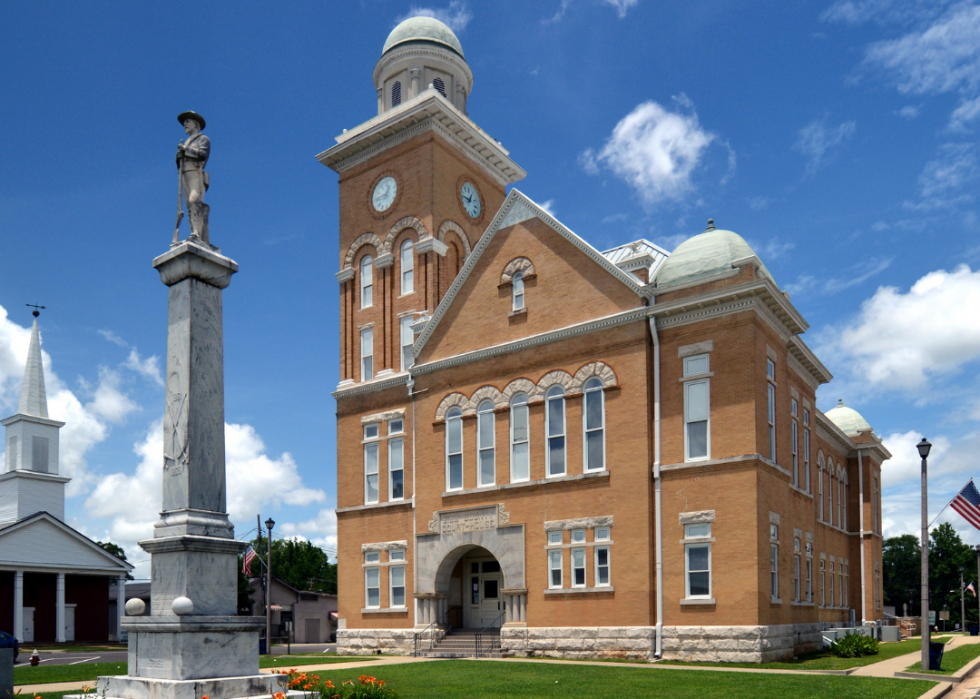
#37. Bibb County
- Precipitation over the past year: 59.61 inches (#92 rainiest year since 1895)
- Precipitation compared to 1901-2000 average: 4.25 inches above norm
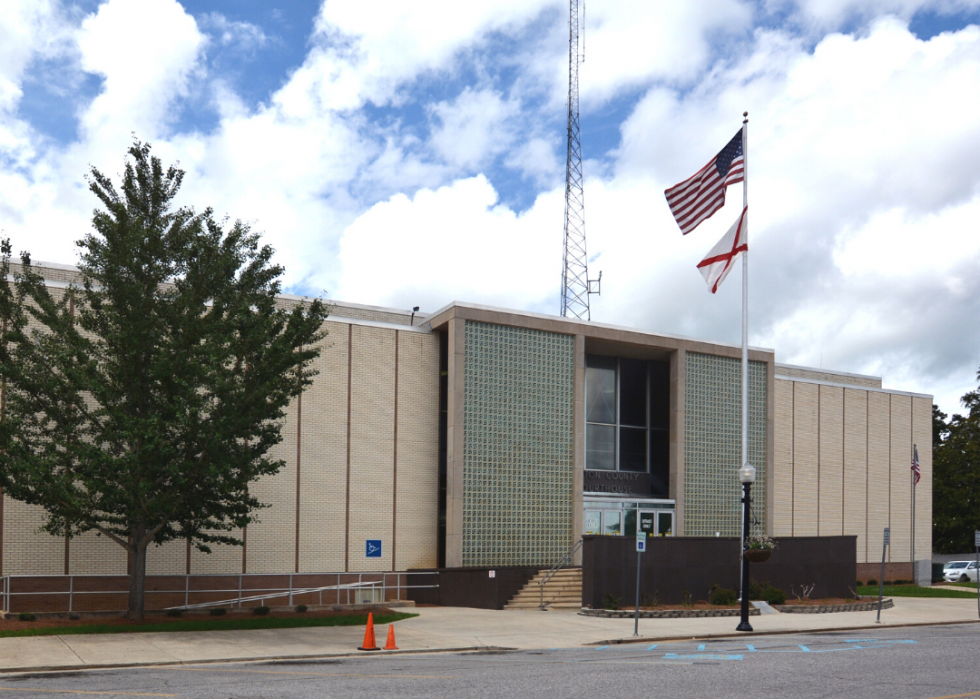
#36. Chilton County
- Precipitation over the past year: 60.13 inches (#100 rainiest year since 1895)
- Precipitation compared to 1901-2000 average: 5.79 inches above norm

#35. Conecuh County
- Precipitation over the past year: 54.10 inches (#47 rainiest year since 1895)
- Precipitation compared to 1901-2000 average: -4.05 inches below norm

#34. Cleburne County
- Precipitation over the past year: 60.00 inches (#92 rainiest year since 1895)
- Precipitation compared to 1901-2000 average: 5.93 inches above norm
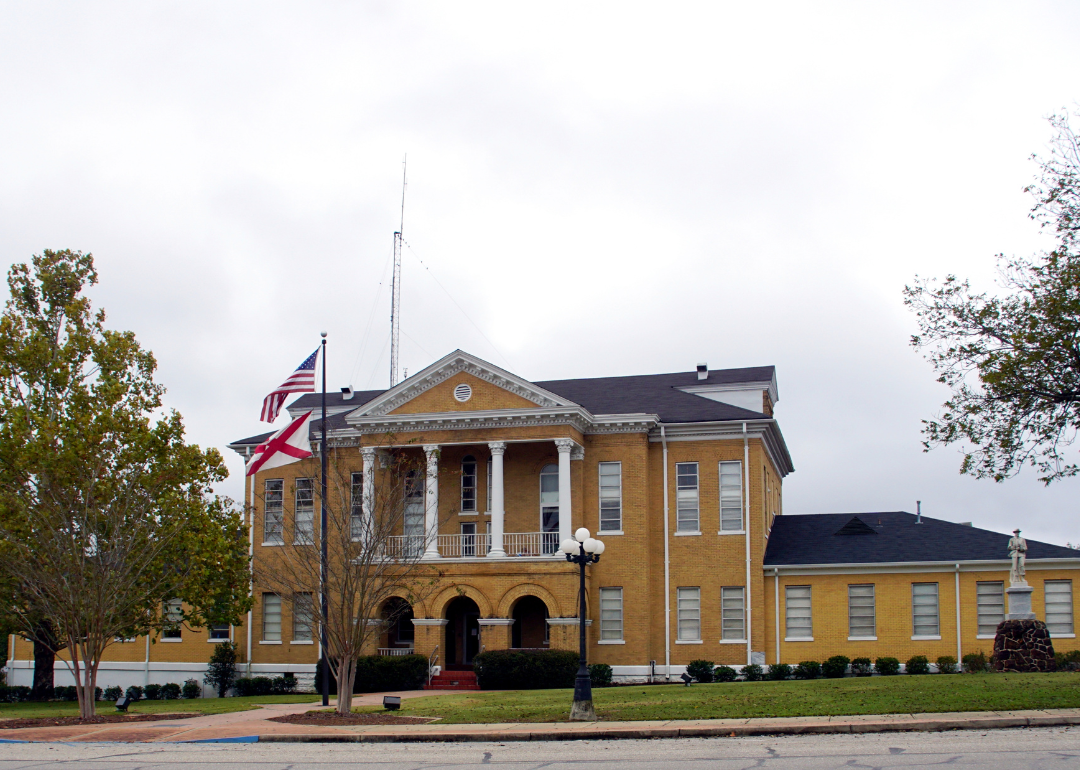
#33. Choctaw County
- Precipitation over the past year: 63.55 inches (#98 rainiest year since 1895)
- Precipitation compared to 1901-2000 average: 6.49 inches above norm
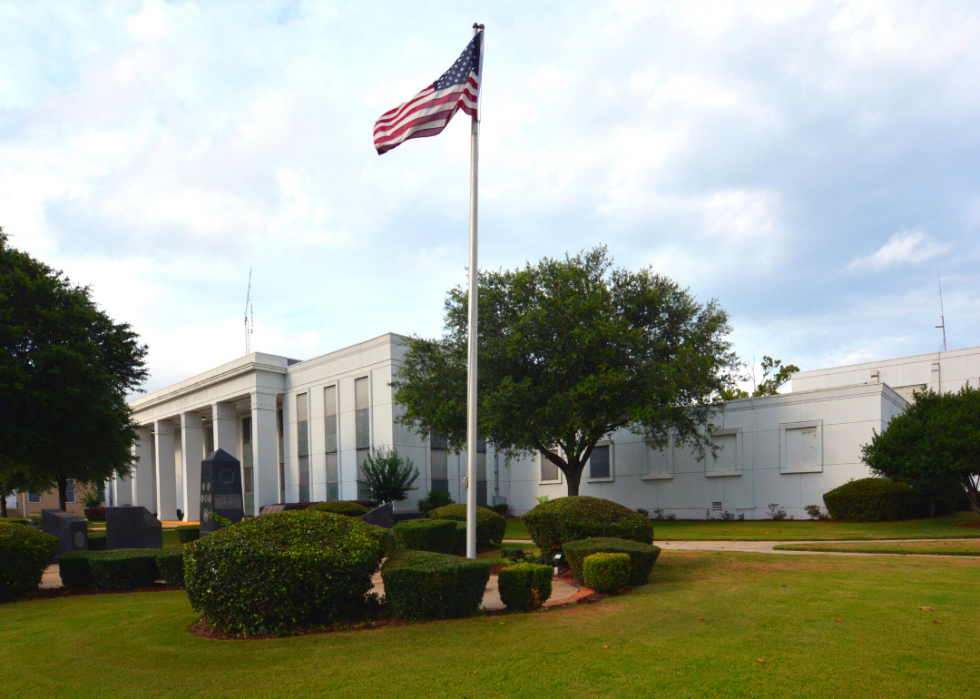
#32. Escambia County
- Precipitation over the past year: 55.79 inches (#43 rainiest year since 1895)
- Precipitation compared to 1901-2000 average: -4.82 inches below norm

#31. Jefferson County
- Precipitation over the past year: 60.11 inches (#90 rainiest year since 1895)
- Precipitation compared to 1901-2000 average: 4.38 inches above norm
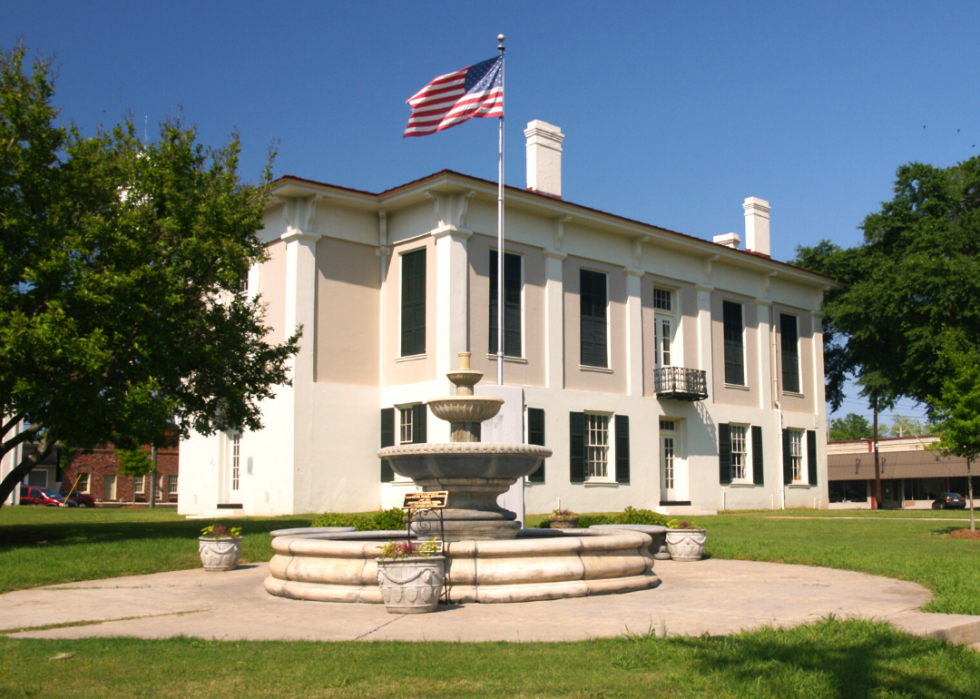
#30. Greene County
- Precipitation over the past year: 62.06 inches (#106 rainiest year since 1895)
- Precipitation compared to 1901-2000 average: 8.92 inches above norm

#29. Tuscaloosa County
- Precipitation over the past year: 57.77 inches (#86 rainiest year since 1895)
- Precipitation compared to 1901-2000 average: 2.14 inches above norm

#28. Talladega County
- Precipitation over the past year: 66.74 inches (#119 rainiest year since 1895)
- Precipitation compared to 1901-2000 average: 12.88 inches above norm
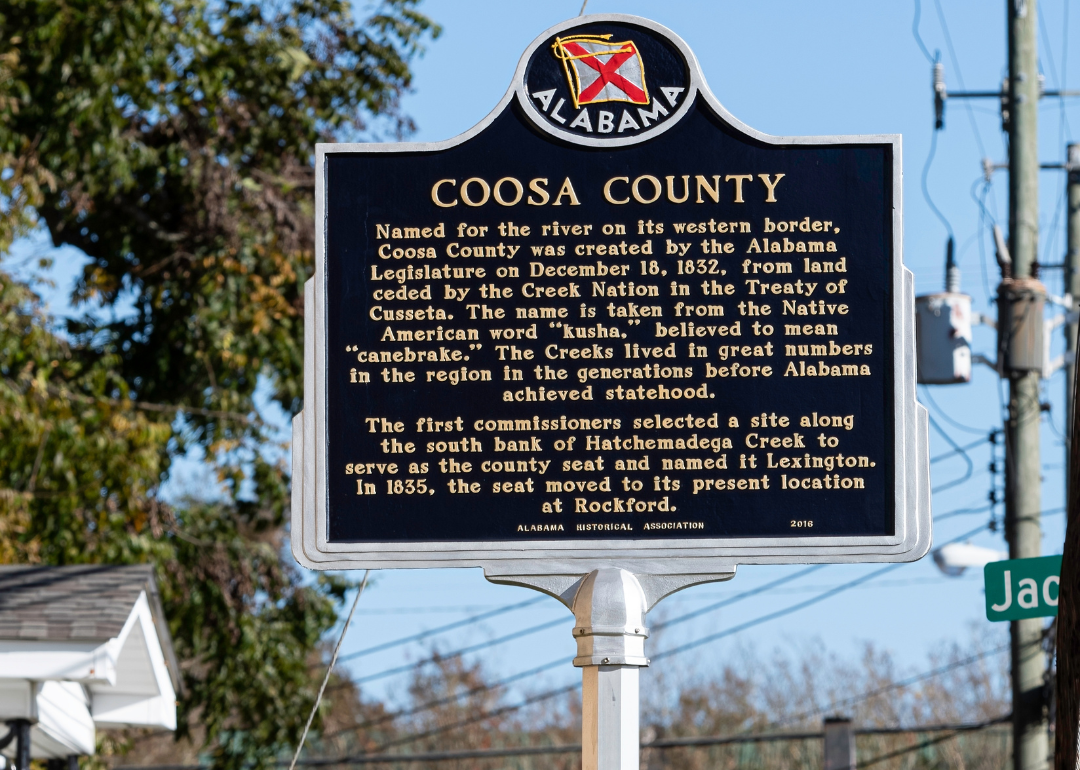
#27. Coosa County
- Precipitation over the past year: 65.31 inches (#116 rainiest year since 1895)
- Precipitation compared to 1901-2000 average: 10.55 inches above norm

#26. Morgan County
- Precipitation over the past year: 53.85 inches (#64 rainiest year since 1895)
- Precipitation compared to 1901-2000 average: -0.28 inches below norm
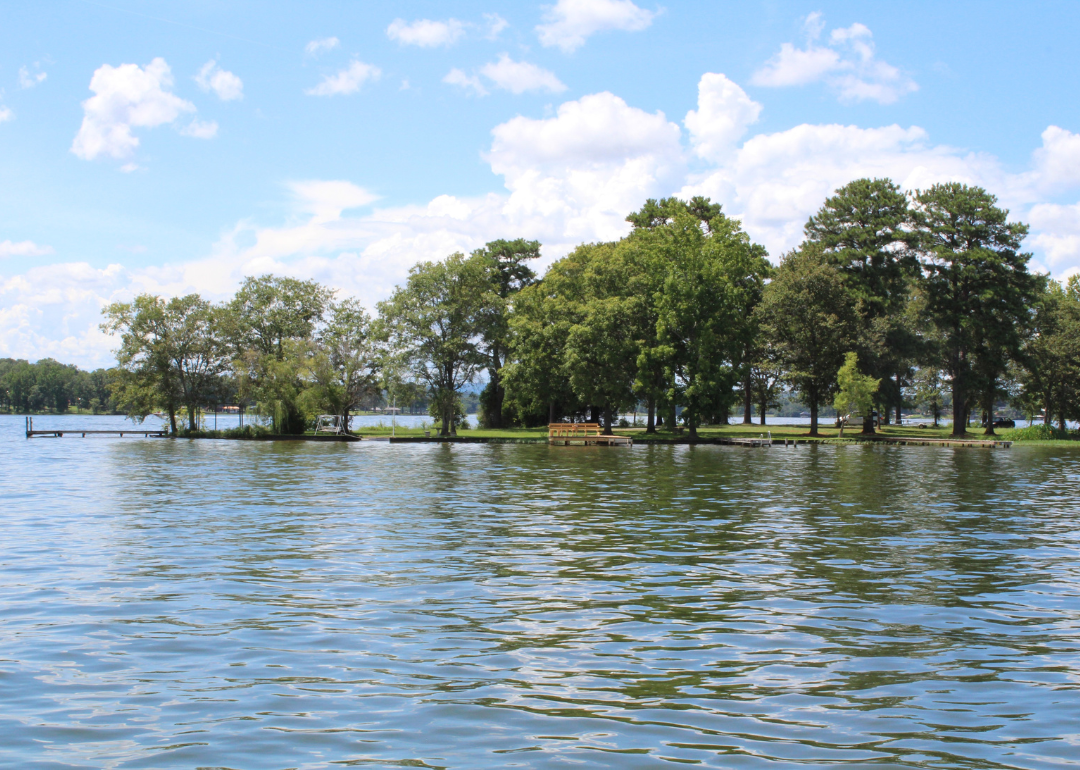
#25. St. Clair County
- Precipitation over the past year: 61.44 inches (#99 rainiest year since 1895)
- Precipitation compared to 1901-2000 average: 6.14 inches above norm
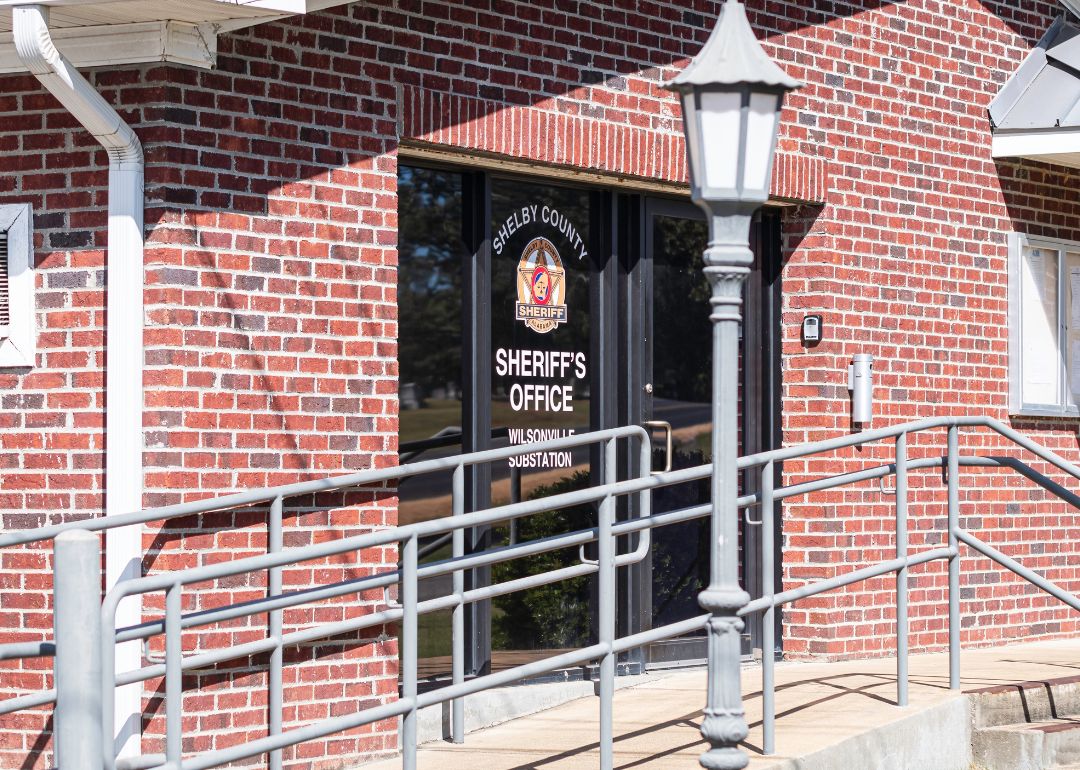
#24. Shelby County
- Precipitation over the past year: 64.22 inches (#112 rainiest year since 1895)
- Precipitation compared to 1901-2000 average: 9.17 inches above norm

#23. Limestone County
- Precipitation over the past year: 52.26 inches (#59 rainiest year since 1895)
- Precipitation compared to 1901-2000 average: -1.61 inches below norm

#22. Etowah County
- Precipitation over the past year: 57.91 inches (#82 rainiest year since 1895)
- Precipitation compared to 1901-2000 average: 3.30 inches above norm
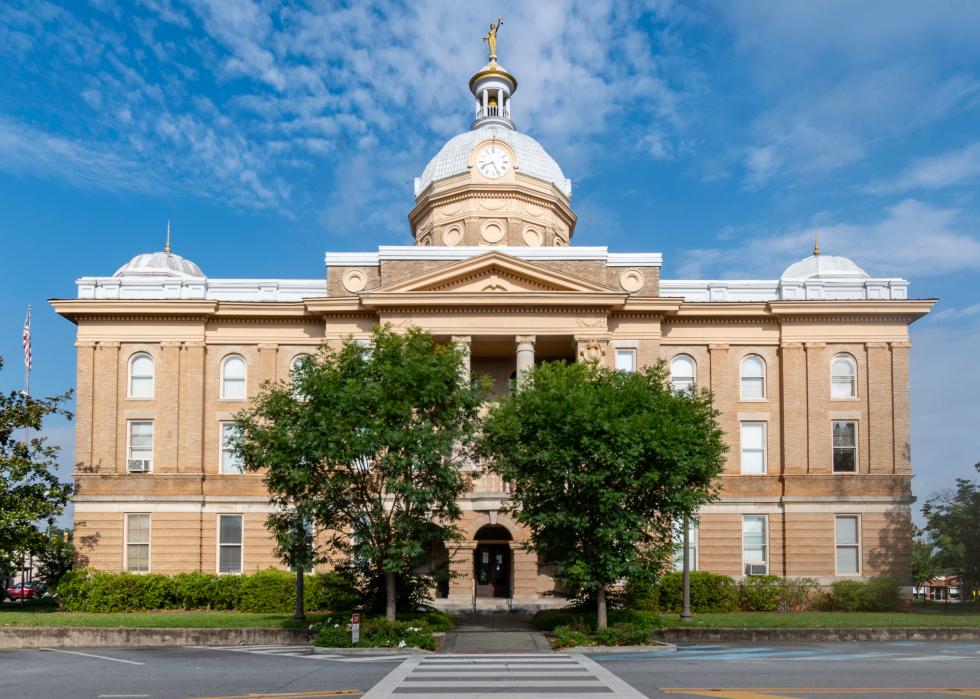
#21. Clay County
- Precipitation over the past year: 65.66 inches (#113 rainiest year since 1895)
- Precipitation compared to 1901-2000 average: 9.68 inches above norm

#20. Baldwin County
- Precipitation over the past year: 64.96 inches (#73 rainiest year since 1895)
- Precipitation compared to 1901-2000 average: 2.78 inches above norm

#19. Lauderdale County
- Precipitation over the past year: 51.10 inches (#47 rainiest year since 1895)
- Precipitation compared to 1901-2000 average: -3.06 inches below norm

#18. Cherokee County
- Precipitation over the past year: 58.57 inches (#93 rainiest year since 1895)
- Precipitation compared to 1901-2000 average: 4.88 inches above norm

#17. Mobile County
- Precipitation over the past year: 66.97 inches (#86 rainiest year since 1895)
- Precipitation compared to 1901-2000 average: 4.19 inches above norm

#16. Blount County
- Precipitation over the past year: 58.76 inches (#79 rainiest year since 1895)
- Precipitation compared to 1901-2000 average: 2.99 inches above norm
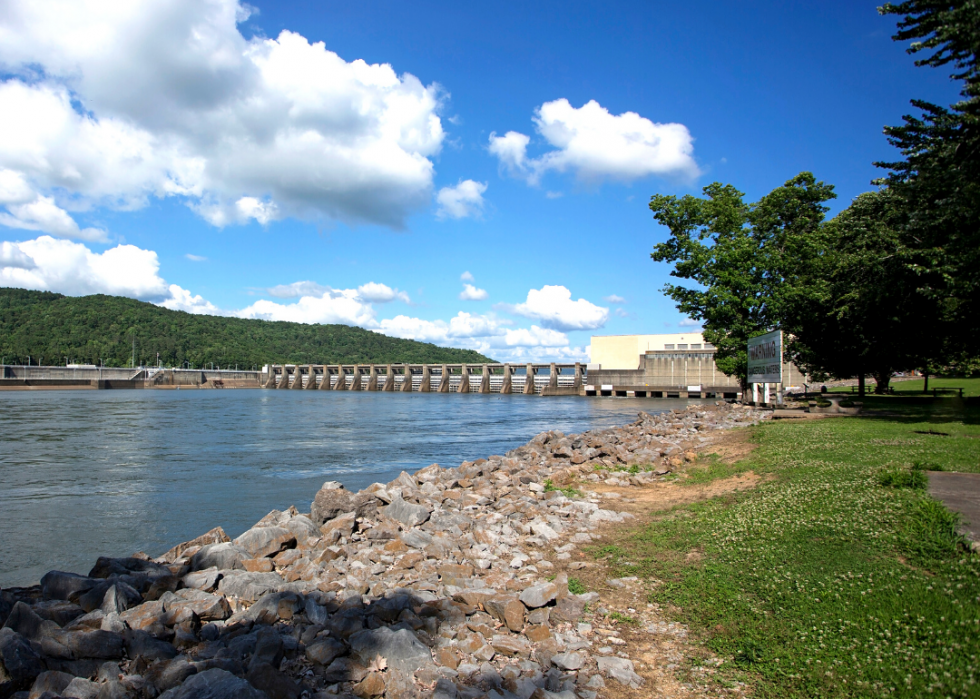
#15. Marshall County
- Precipitation over the past year: 61.01 inches (#98 rainiest year since 1895)
- Precipitation compared to 1901-2000 average: 6.49 inches above norm

#14. Walker County
- Precipitation over the past year: 60.99 inches (#89 rainiest year since 1895)
- Precipitation compared to 1901-2000 average: 4.24 inches above norm

#13. Cullman County
- Precipitation over the past year: 57.83 inches (#76 rainiest year since 1895)
- Precipitation compared to 1901-2000 average: 1.55 inches above norm
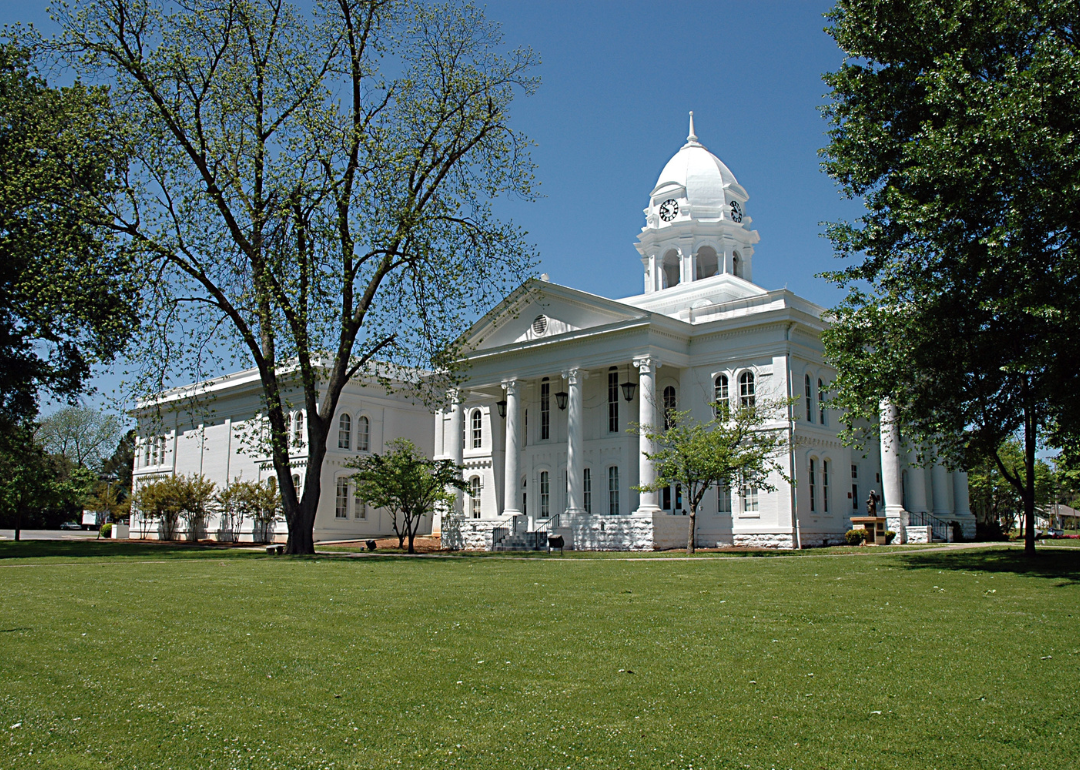
#12. Colbert County
- Precipitation over the past year: 53.84 inches (#65 rainiest year since 1895)
- Precipitation compared to 1901-2000 average: 0.12 inches above norm
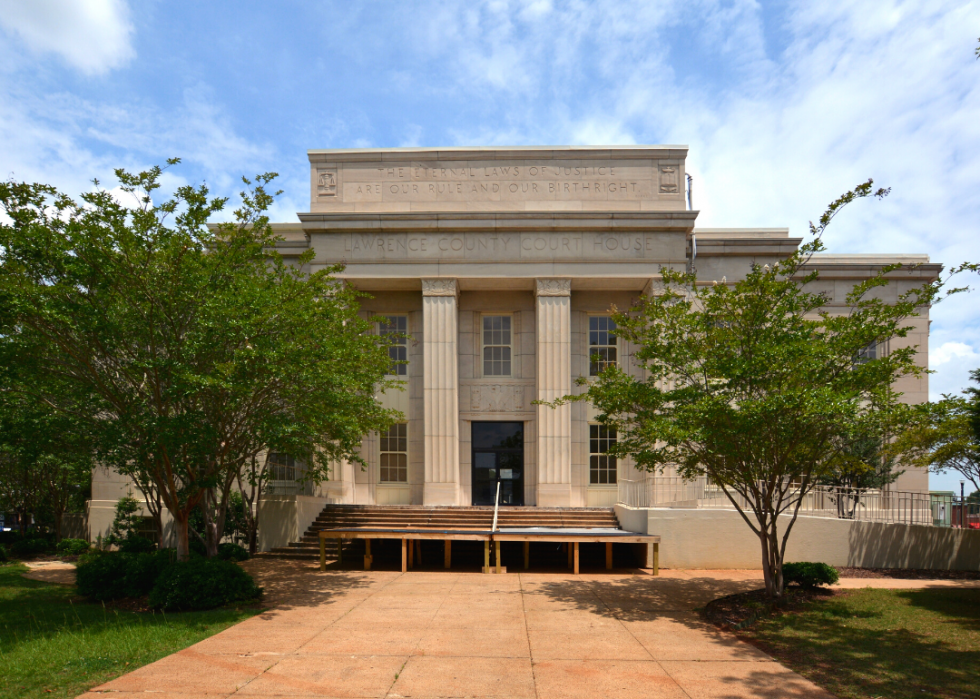
#11. Lawrence County
- Precipitation over the past year: 56.01 inches (#77 rainiest year since 1895)
- Precipitation compared to 1901-2000 average: 2.43 inches above norm

#10. Madison County
- Precipitation over the past year: 56.46 inches (#76 rainiest year since 1895)
- Precipitation compared to 1901-2000 average: 1.98 inches above norm
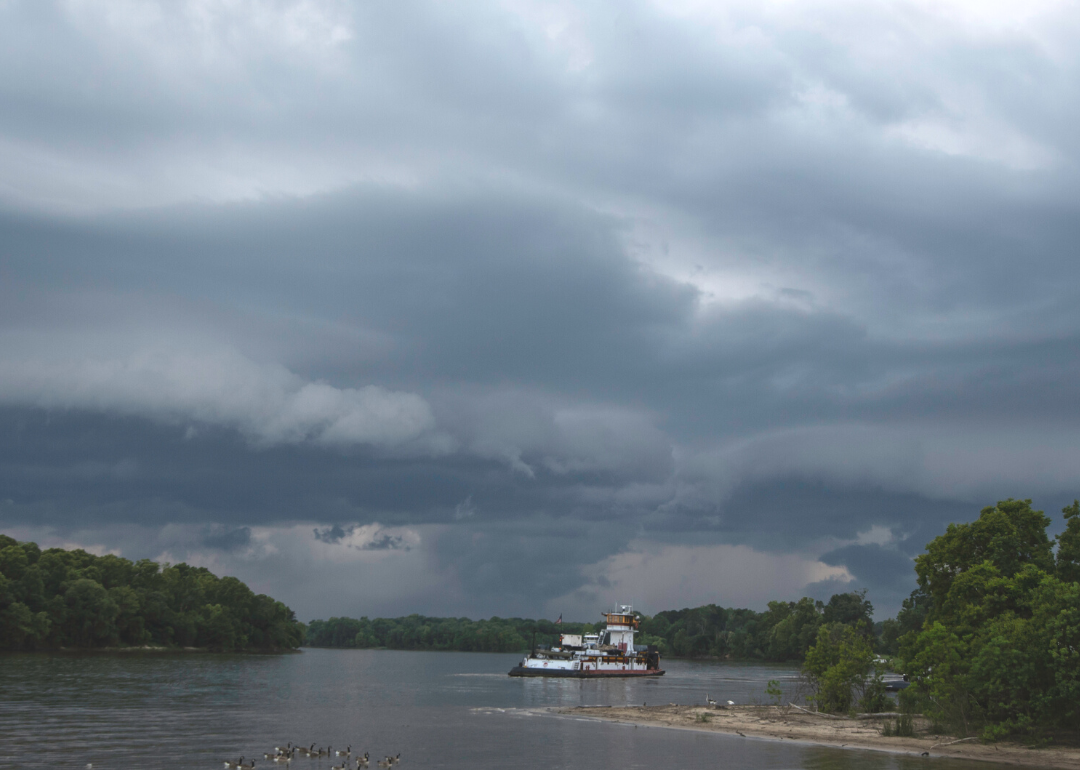
#9. Washington County
- Precipitation over the past year: 67.18 inches (#98 rainiest year since 1895)
- Precipitation compared to 1901-2000 average: 7.26 inches above norm
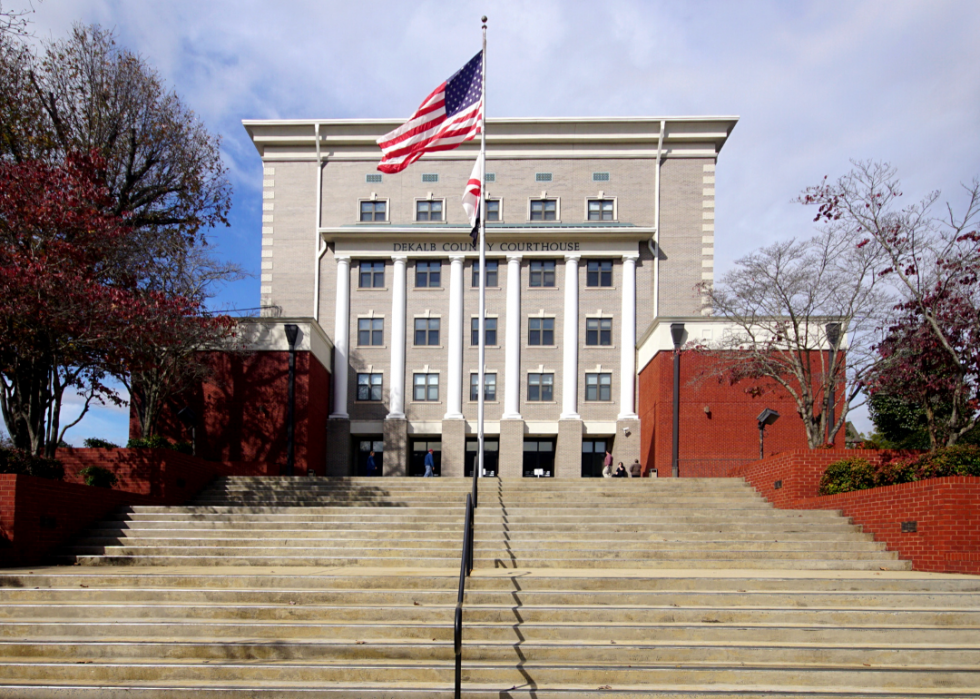
#8. DeKalb County
- Precipitation over the past year: 59.33 inches (#88 rainiest year since 1895)
- Precipitation compared to 1901-2000 average: 3.73 inches above norm
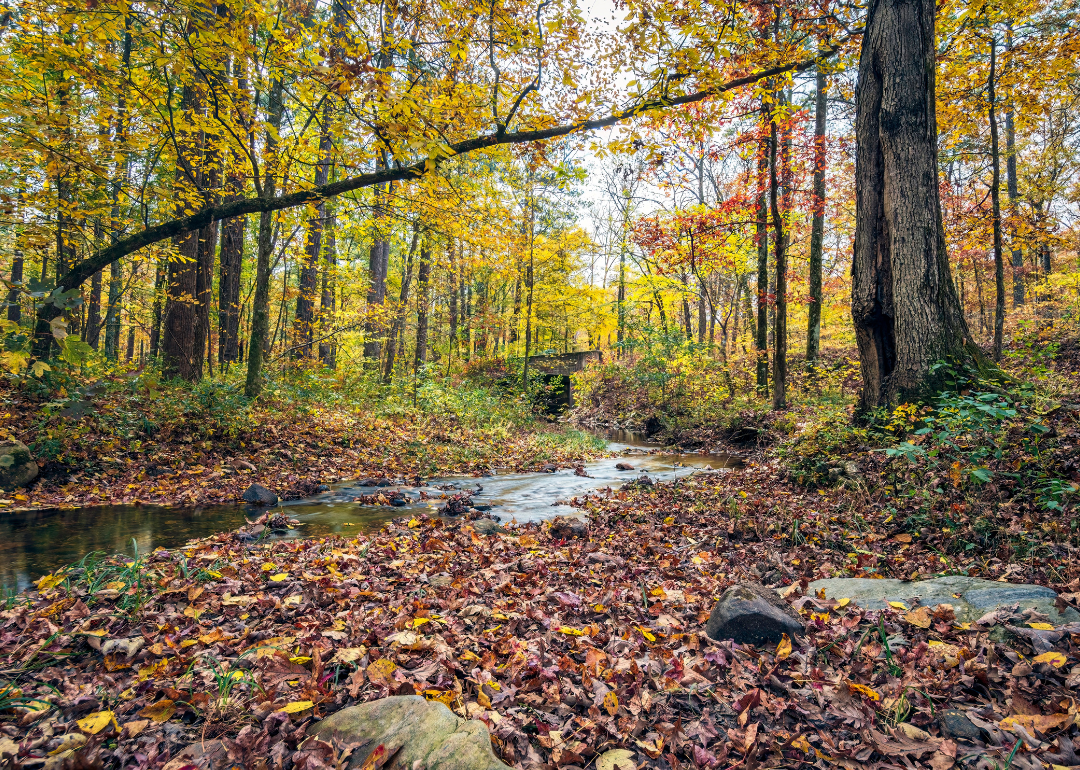
#7. Pickens County
- Precipitation over the past year: 60.66 inches (#101 rainiest year since 1895)
- Precipitation compared to 1901-2000 average: 7.06 inches above norm
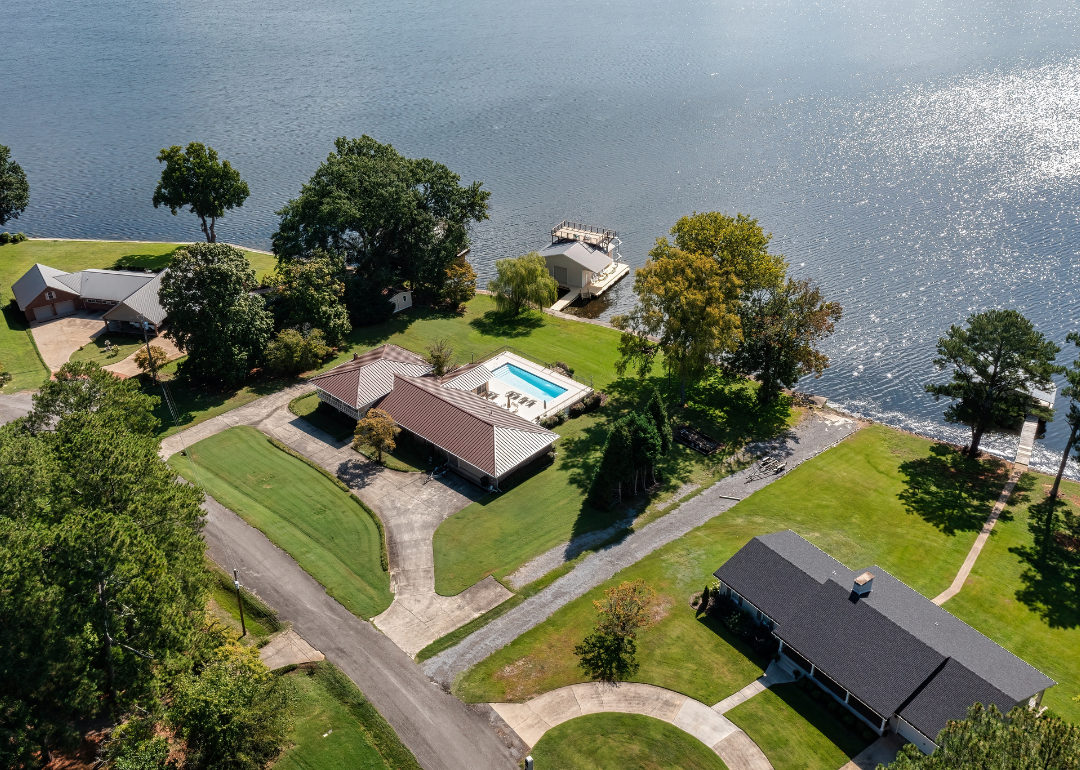
#6. Jackson County
- Precipitation over the past year: 59.54 inches (#89 rainiest year since 1895)
- Precipitation compared to 1901-2000 average: 4.72 inches above norm

#5. Lamar County
- Precipitation over the past year: 58.62 inches (#84 rainiest year since 1895)
- Precipitation compared to 1901-2000 average: 3.47 inches above norm

#4. Franklin County
- Precipitation over the past year: 59.42 inches (#86 rainiest year since 1895)
- Precipitation compared to 1901-2000 average: 4.55 inches above norm

#3. Fayette County
- Precipitation over the past year: 57.77 inches (#74 rainiest year since 1895)
- Precipitation compared to 1901-2000 average: 1.28 inches above norm

#2. Winston County
- Precipitation over the past year: 63.20 inches (#97 rainiest year since 1895)
- Precipitation compared to 1901-2000 average: 6.58 inches above norm

#1. Marion County
- Precipitation over the past year: 60.96 inches (#87 rainiest year since 1895)
- Precipitation compared to 1901-2000 average: 5.18 inches above norm



